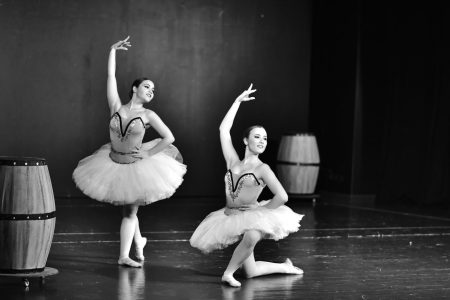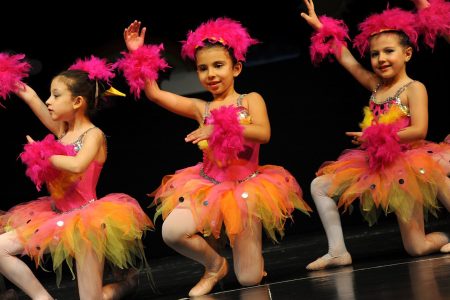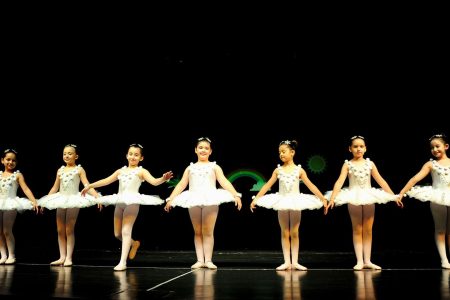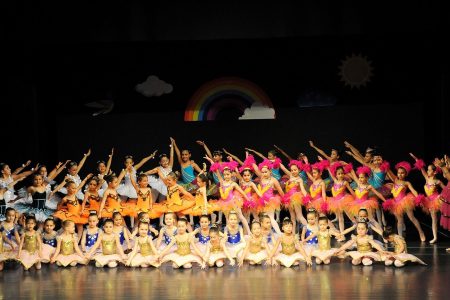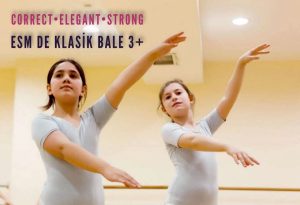CLASSICAL BALLET
- /
- Training Programme
- /
- Ballet
- /
- Classical Ballet
Ballet is a holistic approach to lifelong wellness for both children and adults. For example, let’s focus on children. When it comes to after-school activities, kids these days have more options than ever before. So why should they make time for ballet? Many people think you took ballet lessons just to be a ballerina – but that’s not true!
When we look at ballet from a holistic health perspective, there are very few activities that can have the benefits it provides. Everything you do can be improved with ballet!
The Top Four Benefits of Ballet
1. Physical coordination, grace and poise.
We all know that children must expend and burn a lot of energy. But how they do it makes a difference! The basic principles of ballet focus on balance, coordination, strength and posture. Each exercise and step builds on them to build a strong and talented dancer. You must have good posture and a strong core to be able to dance properly. As your child dances, they are performing a complex set of physical actions by moving different parts of the body in opposite directions, coordinating their movements to the music while simultaneously stretching and controlling their muscles. The result: long, strong muscles that can move with intent and coordination. The physical benefits are so good, even football players use ballet in their training!
2. Mental strength and focus.
Imagine how much work your brain does with all these ballet physical demands! As kids work hard to coordinate their feet to jump (a skill that takes a lot more practice then), their brains are constantly building new neural pathways that increase neuroplasticity. Neuroplasticity improves learning, memory and comprehension. You can find more details on the surprising brain dance connection in today’s Psychology section. Additionally, it takes discipline and focus to become a ballet master. There’s a reason we take the same steps in every lesson! Ballet students learn to appreciate the time it takes to have a mastery. Not everything has to be instant gratification, and that is a valuable lesson in today’s world. It’s no coincidence that many dancers are straight. Students going to Ivy League colleges and outstanding careers. The earlier the child starts ballet, the longer they need to perfect and develop this focus.
3. Develops social skills.
Dynamic is unique in a ballet class. We’re here for a common cause: we love to dance! This in itself creates a special relationship between students.
Listening to someone, accepting someone else’s creative ideas, and encouraging them to develop their own ideas through movement is a unique part of ballet lessons.
“Many forms of dance are inherently social. They involve direct physical contact, acting together in synchrony and empathy. In a review of Dance Classes in New York, 95 percent of teachers said there was a noticeable improvement in students’ ability to collaborate and collaborate as a result of dancing together. ”
Sir Ken Robinson, TED Talk Interview
4. It gives confidence.
Performing on stage in front of an audience is no small task. Some children are thrilled to perform, others are incredibly nervous. The confidence to overcome these fears is built throughout the year in ballet class. It is a wonderful experience to see a quiet and nervous child entering the classroom and ending the year on stage full of excitement and energy. Even if performance is less than excellent, students learn to appreciate their success and learn from their mistakes. ALL children feel good after the performance – their pride in their hard work is evident and will have the experience with them next year.
What Does Classical Ballet and Dance Education Gain?
Physical Ballet: Ballet, Dance, Pilates; It increases flexibility, regulates blood circulation, tones the body and strengthens the muscles.
Intellectual Ballet: Ballet and Dance; provides extensive traditional and applied knowledge of music and rhythm; Ballet and dance force thinking with both halves of the brain and improve the ability to think creatively.
Aesthetic Ballet: Ballet and Dance; It awakens the sense of realizing beauty. It adds a new dimension to their ability to perceive rhythm, motion and music.
Emotional Ballet: Ballet and Dance; It accelerates spiritual and emotional development, improves self-confidence. Ballet and Dancing make you feel the existence in the universe.
Social Ballet: Ballet and Dance; It gives others a sense of being sensitive, tolerant and considerate of their differences and similarities, and being able to appreciate them. Reinforces team play awareness.
Royal Academy of Dance Ballet Certificate Programs
- Junior Preparation (3-6 years)
- Pre Primary (6-8 years old)
- RAD Grade 1-8 (8 years and above)
- RAD Vocationals (16 years and older)
- RAD RTS Mentor Program (Intermediate level higher education program)
- Adult Ballet and RAD Program (18+)

